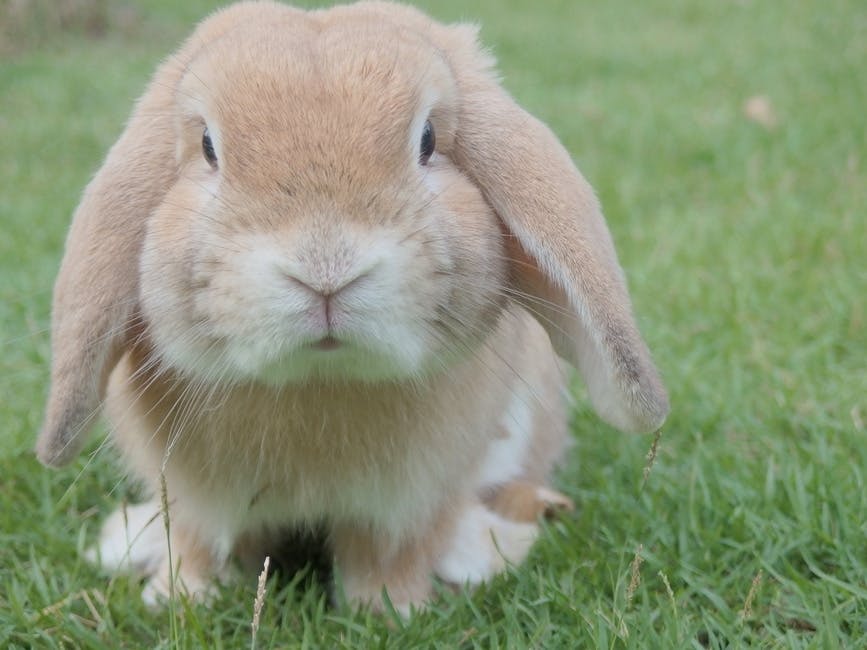Pet Rabbits are generally filled with natural curiosity, and letting them get outside for some supervisied exercise is a great idea, Many bunny parents ask the following question "Can I Train a Rabbit to Walk on a Leash?" The surprising answer is "Yes" - many pet rabbits can be taught to walk on a leash, especially if you start their training at a young age.
The following is an excerpt from a very informative article on thePetfinder website. You can read the entire article by clicking thePetfinder link.
The following is an excerpt from a very informative article on thePetfinder website. You can read the entire article by clicking thePetfinder link.
" Avoid any harness of the “figure-eight” variety as they can cinch the rabbit’s neck and cause injury. You also want to avoid a simple collar for the same reason. Some rabbit harnesses come with stretchy leads, which sort of work, but a regular leash from the dog/cat section will be better if you have plans to train your pet and not just follow her around wherever she goes.
When fitting the harness, make sure it is neither too loose (which can result in your rabbit escaping) or too snug (your bunny will be uncomfortable, won’t move and could even be injured).
The first few times you attempt to harness your bunny, don’t expect a lot of help from her. Despite her antics, you are not hurting her or inflicting some terrible fate on her. However, if you want her to get better over time, then wearing the harness has to be a fun time for the bunny and worth the indignity of having to put the thing on.
The Minnesota Companion Rabbit Society actually offers classes on leash-training your rabbit — you may find a rabbit group in your area that does the same. Leash training is the foundation for participating in rabbit agility. Most bunnies really love this activity, although like humans, there are a variety of degrees of aptitude. A few (maybe 5% or so) flatly refuse to have anything to do with it — including one of my pet rabbits. One loves it, the other almost failed the first level course out of pure stubbornness.
Anytime your rabbit is leashed, there needs to be a human in attendance — don’t stake her out in the yard or leave her alone. Too many things can happen in that scenario — the rabbit can get tangled in the leash, chew through the leash, get snatched by a predator, etc.
With or without a leash, rabbits can be trained to do all sorts of things. If you are familiar with the principles of training other animals, simply apply them to rabbits and watch them learn! I even heard recently about a rabbit that was trained to take medicine on command."
The article was written by Joanna Campbell, President, Minnesota Companion Rabbit Society, Edina, MN. The entire article can be read here Petfinder.


















